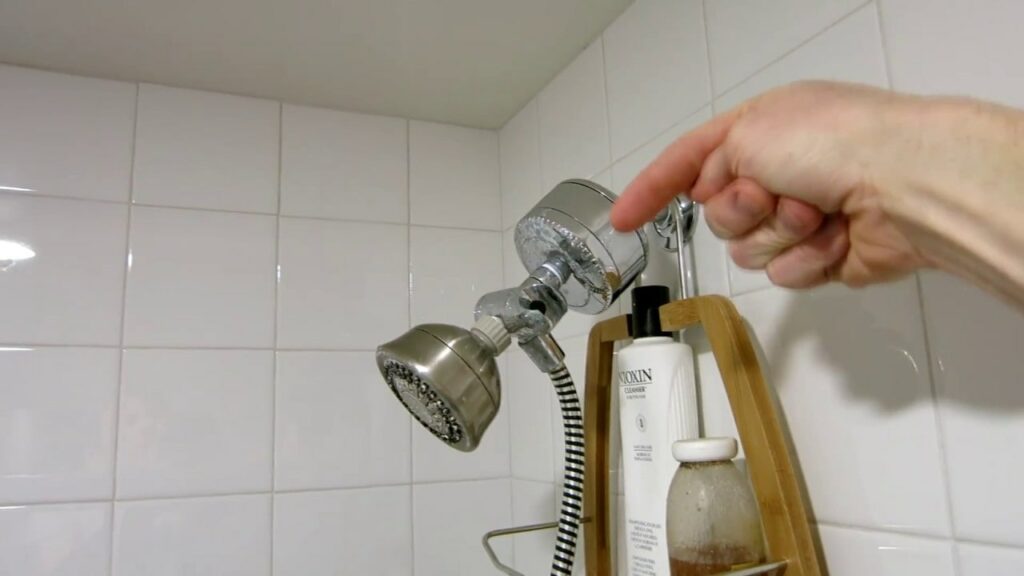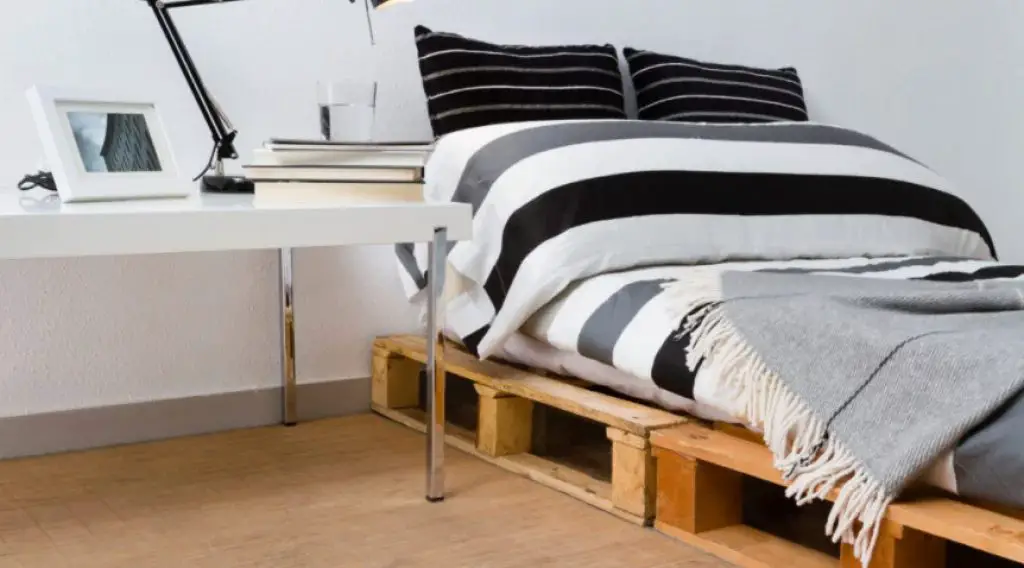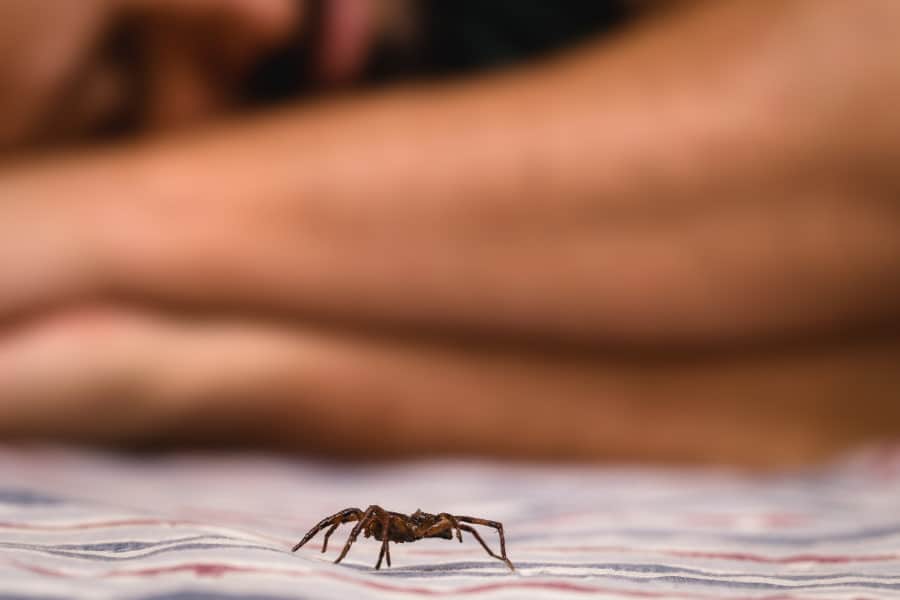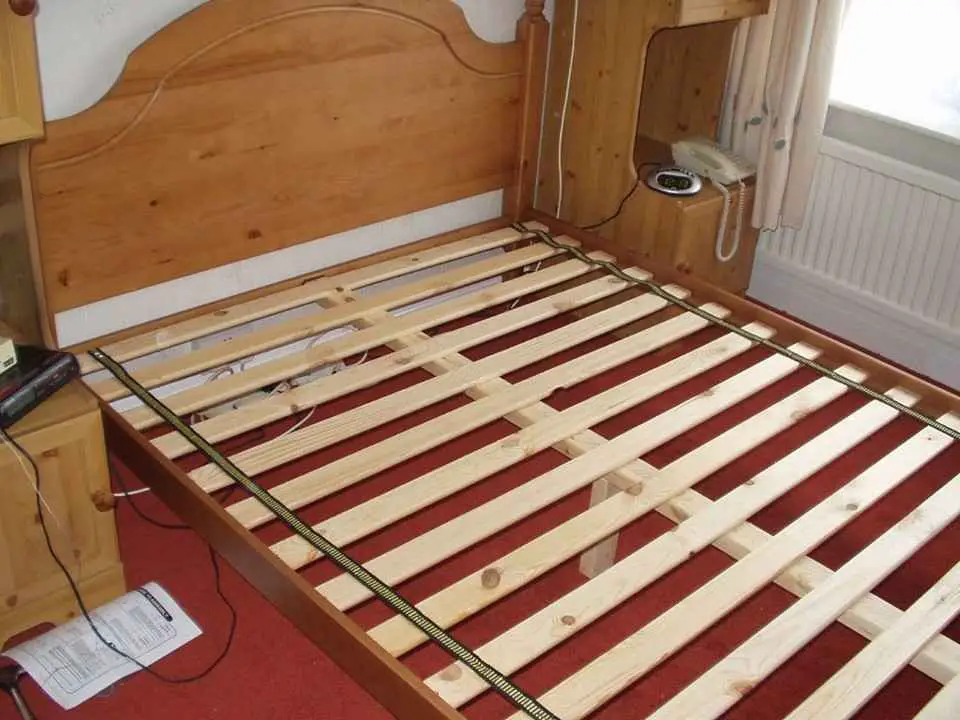Sometimes it’s more difficult than you might imagine maintaining your house vacuum clean and dust first.
For example, you should understand the approach your cleaning routine, tools to use for dusting, how to properly polish hardwood floors, and when to mop.
Interestingly enough, there is one subject that seems to be perplexing a lot of folks out there.
Is it best to dust first and vacuum later when cleaning your house or is it the other way around?
This post will try to answer that pressing query by analysing both sides of the issue.
Before you even read the next sentence, the right cleaning order might seem obvious to you, but it’s actually not as cut and dry as you might assume.
Let’s first discuss why it’s vital to frequently clean our homes before going any further with the topic.
Importance of Regular Vacuum or Dust First?:
One of the most important things you must do as a homeowner is to remove dust, whether by vacuuming or simply dusting.
Dust may include minute amounts of pollen, which in some people may cause an allergic reaction.
You are therefore less likely to experience an allergy attack or hay fever if you routinely clean your home.
Now, you can see why it should be cleaned up frequently but you should you start by vacuuming or dusting?

Why it Makes Sense to Dust Before Vacuuming:
There are many blogs out there that will advise you that dusting must always come first, and they will do so for good cause.
In fact, if you were to solicit my unbiased opinion, I’d say that dusting comes before vacuuming.
When you dust, you remove a lot of filthy debris that could be dangerous to your health.
By simply removing the dust, you have completed more than half of your cleaning.
Lint, cat hair, and food particles frequently become “stuck” on microfiber cloths and dusters.
Then you may get rid of them quickly by just shaking the duster or cleaning the cloth.
The redistribution of dust is the other crucial justification for dusting first.
No matter how meticulously you dust, many particles will fall to the floor or float up into the air.
The only thing left to do is vacuum them afterward, and the space will seem brand new.
But dusting first has its own set of issues.
For instance, the vacuum cleaner itself may produce extra dust that sticks to the clean surfaces after you finish cleaning and begin vacuuming, requiring you to do additional work afterward.
Additionally, by relocating many of the dust particles with a microfiber cloth, you’ll cause them to float up into the air and force you to breathe them in.
But you can have clean air since a powerful vacuum cleaner will draw the dangerous particles in.
Why Vacuuming Before Dusting Also Makes Sense?
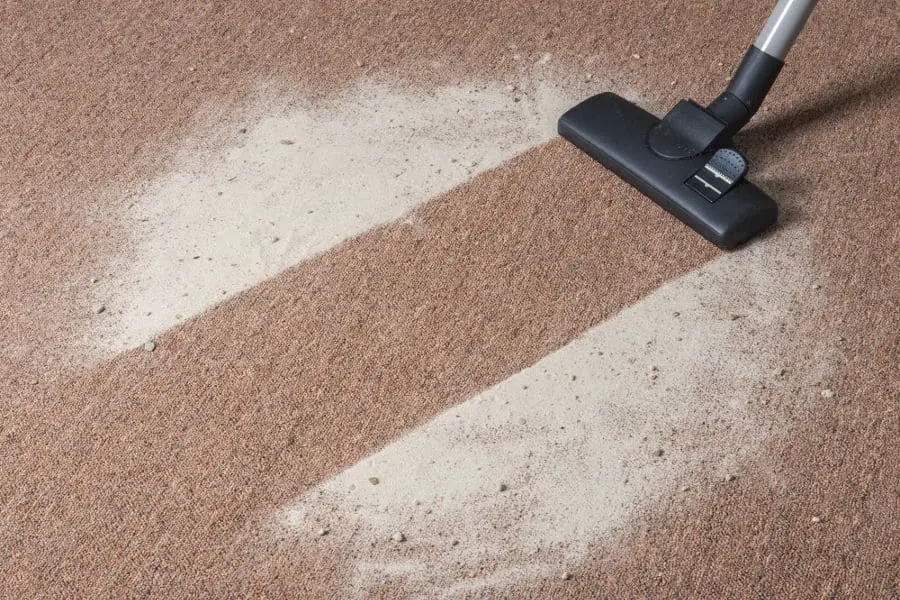
Even if you can find article after article saying that dusting should come second, it’s interesting that individuals don’t think vacuuming first is a reasonable alternative.
And even though I don’t personally do it, there are some advantages to vacuuming before dusting that I can definitely get behind.
As was previously said, the majority of the undesirable airborne particles can be captured by vacuum cleaners.
Additionally, by moving the vacuum cleaner about, you’re actually dispersing more dust. So, after you’re finished vacuuming, you can quickly dust everything off.
Vacuuming first isn’t the ideal solution, of course.
It is natural that some dust may fall back to the floor as you begin to dust a room.
You might have to vacuum the house again if there is a thick layer of dust on the items in your yard.
Dusting and Vacuuming Tips for Effective Dusting for a Clean Home:

Do it frequently:
You must regularly dust your house if you want to maintain it tidy. But how often should you do it?
Depending on how big your home is and how many things each of your rooms contains, there are several helpful house cleaning schedule ideas available that may work for you.
However, you simply need to keep in mind the two most common types of dusting, according to frequency:
- Dusting lightly
- Dusting heavily
You should lightly dust your home around once every two weeks.
Basically, you will only protect the parts of your house that are visible, such as the shelves, closets, floors, desks, chairs, cabinets, and mirrors.
Even while it may seem tedious to clean your house once every 15 days, simple dusting won’t take you more than a few hours, tops.
However, you might want to lightly dust your home even more frequently if you have allergies. Then once a week should be sufficient.
On the other hand, heavy dusting is very thorough. You’ll need to get to those confined spaces in your house, such as those hidden by cabinets, fans, window blinds, furniture, etc.
No amount of light dusting can benefit you until you occasionally do some hefty dusting. Fortunately, only needs to be done every few months or so.
Begin at the top:
When dusting, remember to sweep the surface from top to bottom. Some extra dust will come off once you begin cleaning the tops of bookcases or wardrobes, which is very normal.
It will either fall to the floor, which you will vacuum after dusting or other objects below, which you will later dust.
Plant Handling:
Own any indoor plants with broad, thick leaves that tend to attract a lot of dust. However, there is a method of cleaning them that avoids scratching the leaves with a duster or tearing them with a towel.
Use a blow dryer to blast the dust off the leaves while cleaning. It will float, but once it lands on the floor, all you have to do is vacuum it up.
Microfiber Towels:
I personally like using microfiber cloths over cotton and feather dusters because they are amazing instruments.
In addition to being exceedingly simple to use and maintain, they will also kill over 90% of bacteria as you clean. Additionally, they are accessible and reasonably priced.
Tips for Vacuum or Dust First:
Pet Hair Problems:
Your vacuum cleaner may have trouble with pet hair. It might become trapped at the vacuum’s tip and keep any debris from entering the device.
First, before you begin vacuuming, be sure to manually remove any visible pet hair.
In order to avoid clogs, try to clean your vacuum by eliminating any and all hairs you notice.
You might even consider spending money on a vacuum cleaner that removes pet hair more successfully.
Naturally, the majority of vacuums will be able to accomplish that, but certain kinds are more prone to hair blockage than others.
Hardwood floors:
It’s highly unlikely that you’ll be vacuuming hardwood floors.
Even though vacuuming might get rid of the dust and debris on the floor, it won’t restore the distinctive hardwood shine.
Therefore, choose an excellent hardwood floor cleaner rather than vacuuming.
Filter Maintenance:
A filter or a bag is commonly included with vacuum cleaners. Before you start vacuuming, make sure that both of these objects are dust-free.
Most of the time, after vacuuming, we neglect to clean the cleaner, which allows dust to build up inside and hinder the dust we’re trying to vacuum up.
Choose a pattern and follow it:
People frequently cover haphazard areas of the floor while vacuuming carpets while maintaining the cleaner in one place.
Of course, that will accomplish the task, but you’ll end up repeatedly covering the same areas.
When you do that, you run the risk of not only dispersing more dust but also wearing yourself out needlessly.
So, choose a design before you clean your carpet. If your rug is rectangular, for instance, start at one corner and move to the other corner at a 90-degree angle.
Then go at the same angle to the second corner that needs to be said often in order for your carpet to quickly become dust-free.
Also read: Difference Between Vacuum Cleaner and Carpet Steamer
FAQ: Should You Vacuum or Dust First?
Q1. What is the most effective way to dust?
All the experts we talked to advised dusting tabletops, counters, bookcases, and other smooth surfaces once a week.
The ideal instrument for doing it, they all agree, is a microfiber cloth.
Q2. What should you do first before vacuuming a carpet?
Before starting to vacuum, you should always check the filters and recovery bag.
The bag should be changed if it is even remotely full.
When the bag is over 50% full, a normal vacuum can lose up to 80% of its suction force.
Q3. How long does it take after vacuuming for the dust to settle?
The time it takes for the dust to settle after thorough cleaning may exceed two hours.
If at all possible, avoid cleaning an allergic person’s bedroom at night and clean it when they are not there.
Put “mite-proof” covers on your pillows and mattresses.
Also read: Best Way to Clean Drywall Dust!
Conclusion:
Choosing whether to vacuum or dust first is not an easy decision.
Some individuals like to dust first since they can vacuum away any leftover debris, while others prefer to vacuum first and then wipe away the excess dust.
Whatever alternative you choose, I strongly suggest you follow the advice in this post.
They ought to make cleaning much more efficient and help you cover more land.
Your home will be immaculately clean as a consequence, and any possible health hazards will be kept to a minimum.




